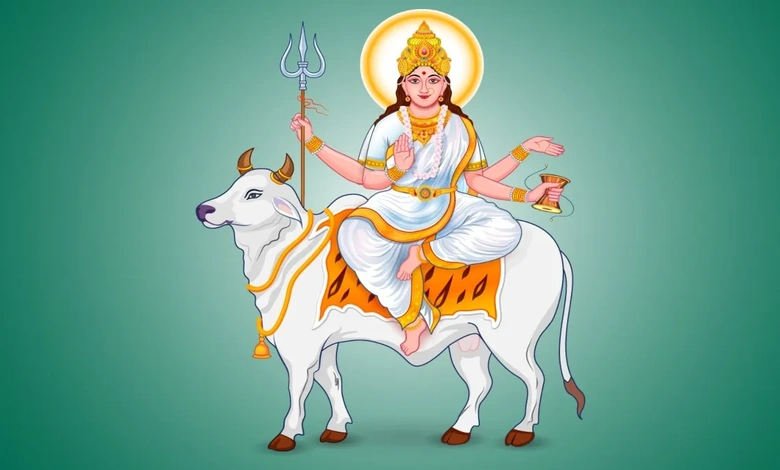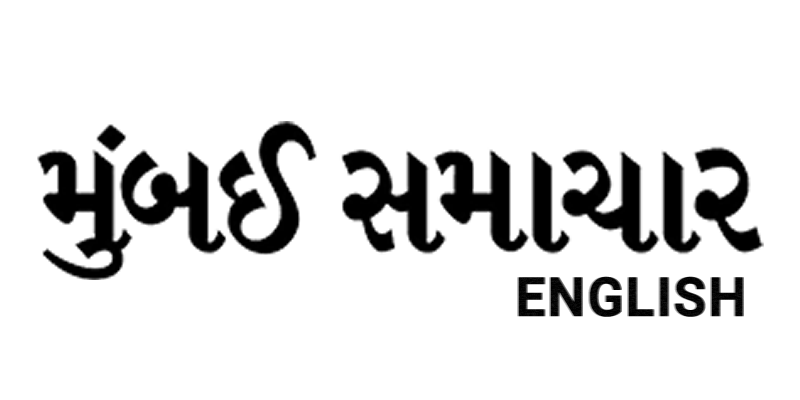
As Navratri unfolds, the eighth day centers on venerating Maa Mahagauri, one of the nine divine forms of Maa Durga, collectively known as Navadurga. This vibrant festival sees devotees fasting and engaging in rituals to honor the goddess’s multifaceted energies. Today’s focus is Maa Mahagauri, whose serene presence inspires peace and purity, with specific timings, practices, and a symbolic color guiding worshippers.
Maa Mahagauri embodies tranquility within Maa Durga’s fierce essence. Her name, derived from “Maha” (great) and “Gauri” (fair or white), reflects her radiant purity. Often depicted with luminous white skin, dressed in a white saree, and riding a majestic bull, she symbolizes the goddess’s gentler qualities. Her origin story recounts Parvati’s intense penance to win Lord Shiva’s love, resulting in a divine glow that earned her this revered form.
Worshipping Maa Mahagauri holds profound significance, believed to cleanse past sins, remove obstacles, and bring prosperity. Her blessings foster balance and harmony, offering solace to those seeking stability in turbulent times.
The designated color for the eighth day is peacock green, a vibrant hue representing renewal, prosperity, and healing energy. This shade aligns with Maa Mahagauri’s purifying influence, evoking fresh beginnings and optimism.
According to the panchang , key timings for worship include: Brahma Muhurta from 04:37 AM to 05:25 AM; Pratah Sandhya from 05:01 AM to 06:13 AM; Abhijit from 11:47 AM to 12:35 PM; Vijaya Muhurta from 02:11 PM to 02:58 PM; Godhuli Muhurta from 06:09 PM to 06:33 PM; Sayahna Sandhya from 06:09 PM to 07:22 PM; Amrit Kalam from 11:15 PM to 01:01 AM on September 30; and Nishita Muhurta from 11:47 PM to 12:36 AM on September 30.
A central ritual involves chanting the mantra “Om Devi Mahagauryai Namah” with devotion to invoke her grace. As garba dances and glowing lamps fill the night, Maa Mahagauri’s presence underscores the power of purity and resolve.




